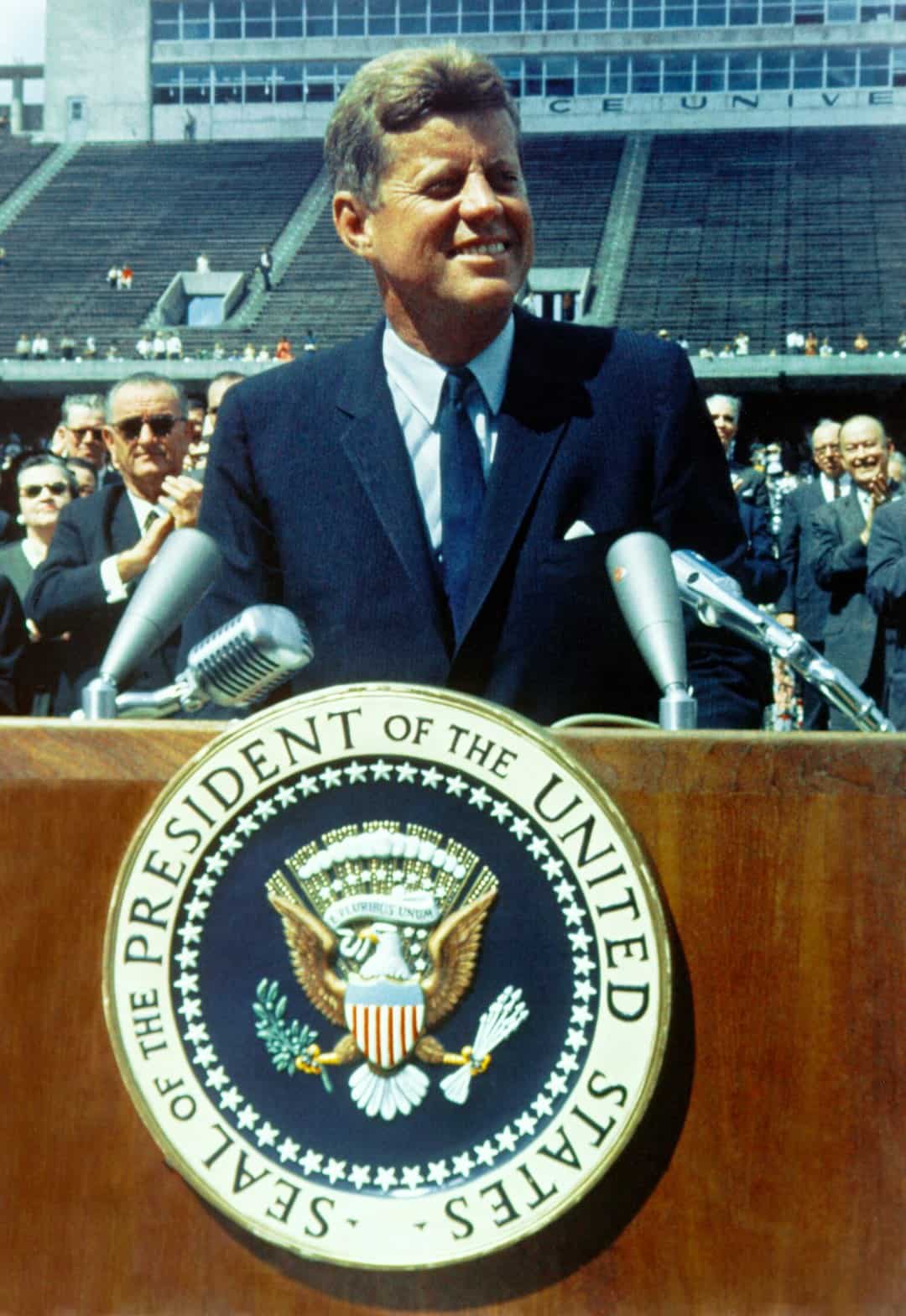Software development involves continuous iterations, and when using tools like Visual Studio, you often create and update files rapidly within your projects. However, over time, the edit history of your Visual Studio project might accumulate or contain sensitive information you no longer want to preserve. Removing edit history can help clean up a project’s structure or ensure privacy before sharing the code with others. In this article, you’ll learn how to effectively remove edit history from a Visual Studio project, step by step.
Why You Might Want to Remove Edit History
Edit history can serve many purposes, such as reviewing changes or debugging issues. However, there are occasions when retaining this history might not be ideal:
- Privacy concerns: Sensitive information, like a commit message exposing internal processes or user details, might exist in the history.
- Reducing clutter: Projects that have undergone extensive revisions may have a bulky history that is no longer relevant.
- Starting fresh: When handing off code or initiating a new phase of a project, clearing the history can provide a clean slate.
Methods to Remove Edit History
Below are the primary approaches you can use to remove edit history for a Visual Studio project, depending on its scope and the version control system in use:
1. Resetting a Git History
Most Visual Studio projects are stored in Git repositories for collaboration and version control. To completely remove Git history and start anew, follow these steps:
- Open your terminal or Git Bash in the project directory.
- Run the following command to reinitialize Git:
- Create and commit all your project files as a fresh commit:
- If you use a remote repository (e.g., GitHub or Azure DevOps), overwrite the remote history:
git initgit add .
git commit -m "Initial commit - reset history"git remote add origin <repository URL>
git push --force origin masterNote: This process erases all old commits from the remote repository as well. Ensure you have backups or get clearance from your team if working collaboratively.

2. Clearing Local Temporary Files
Instead of resetting Git history, you might want to clear other types of edit history created locally by Visual Studio, such as autosave files or caches. To remove this:
- Close the Visual Studio IDE.
- Navigate to your project’s directory and remove the
.vsfolder. This is typically located in the root of your project and contains temporary workspace-related files. - Delete any
.suofiles in the solution folder. These files store user-specific solution settings but may also contain references to past actions.
After completing these steps, open your project in Visual Studio. Temporary files and settings will be recreated afresh, effectively clearing relevant local history.
3. Creating a New Branch
If resetting the entire repository history seems too extreme, an alternative is to create a new branch to work on a clean codebase:
- In the Visual Studio Git interface or your terminal, create a new branch:
- Commit your current files:
- Push the new branch to the remote repository if needed:
git checkout --orphan <new-branch-name>git add .
git commit -m "Initial commit on clean branch"git push origin <new-branch-name>Using this method preserves your old branch and its history while allowing you to work on a new branch with no prior commits.
Precautionary Steps Before Removing History
Before proceeding with any of the methods above, keep these points in mind to avoid accidental data loss:
- Backup your repository: Clone the repository to another location or archive it as a precaution.
- Consult your team: Ensure that any decision to alter history aligns with your team’s workflow, especially when using shared repositories.
- Keep important commits: If certain commits are crucial, consider tagging them or creating a branch backup before removing history.

Conclusion
Removing edit history from a Visual Studio project is both straightforward and useful under various circumstances. Whether you’re resetting Git history, deleting local temporary files, or working on a clean branch, the method you choose will depend on your specific use case. By following the steps provided and taking appropriate precautions, you can ensure a clean project history without compromising critical development data.
If you’re uncertain about which approach best fits your situation, start with a backup of your project to experiment safely. Remember, when handled properly, removing edit history can significantly streamline your workflows and improve project management.

